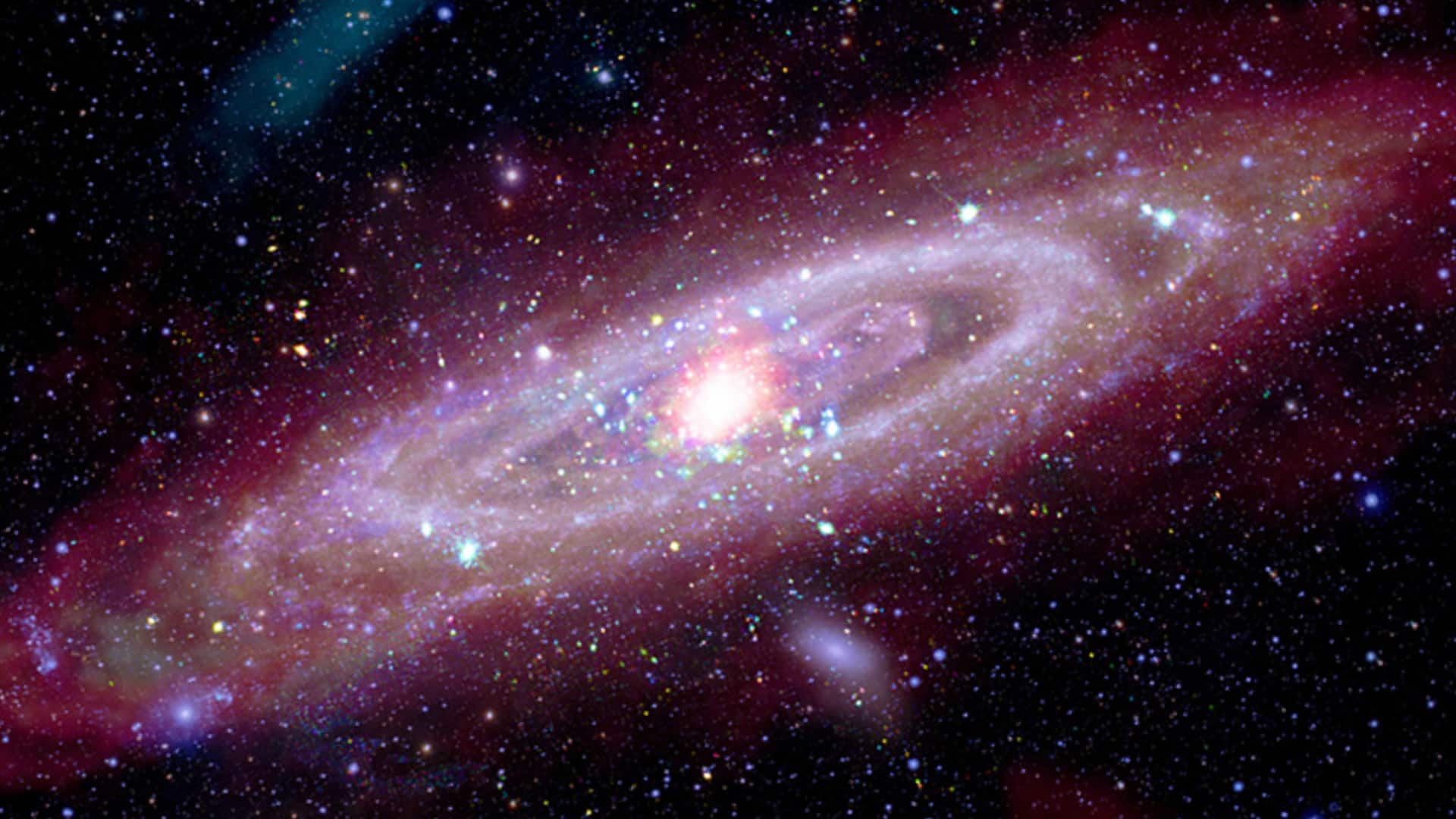
Watch: Andromeda galaxy snapped by NASA's Chandra space telescope
What's the story
NASA's Chandra X-ray Observatory has captured an unparalleled image of the Andromeda galaxy, our Milky Way's closest neighbor. The mesmerizing picture was created by combining data from a number of space telescopes and ground-based instruments. These include ESA's XMM-Newton mission, retired NASA missions GALEX and Spitzer Space Telescope, Infrared Astronomy Satellite COBE, Planck and Herschel, and radio data from the Westerbork Synthesis Radio Telescope.
Galactic insights
Chandra's X-ray data reveals high-energy radiation emitted by Andromeda
The combined data from these instruments, each observing Andromeda in different wavelengths of light across the electromagnetic spectrum, has resulted in a detailed and stunning image. The new view offers a wealth of information about our galactic neighbor. For instance, Chandra's X-ray data has unveiled high-energy radiation emitted by Andromeda's central supermassive black hole, M31*. This black hole is much larger than Sagittarius A*, the supermassive black hole at the center of our Milky Way galaxy.
Dark matter
Andromeda has helped astronomers in many ways
The Andromeda galaxy, located some 2.5 million light-years away, has been instrumental in helping astronomers understand things that can't be seen from our own galaxy. One of the most important contributions was made by astronomer Vera C. Rubin in the 1960s when she and her collaborators measured Andromeda's rotation speed. They discovered that this galaxy is surrounded by a huge halo of an unknown and invisible form of matter, which we now know as dark matter.
Astronomical breakthrough
Watershed moment in astronomy
Rubin's discovery of dark matter through Andromeda's rotation speed was a watershed moment in astronomy. It revealed that the matter we see around us—stars, planets, moons, our bodies—makes up only about 15% of the universe. A significant portion of the rest is composed of dark matter, with dark energy making up the majority. This groundbreaking work has also sparked a quest for particles beyond the standard model of particle physics that could make up dark matter.